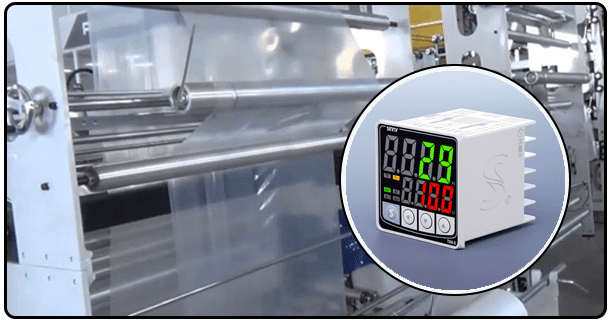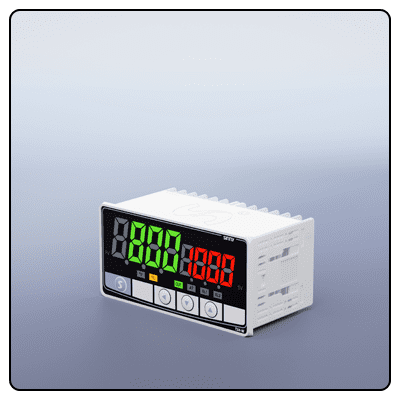What Is The Difference Between Analog And Digital Temperature Controllers?
Find the key differences between analog and digital temperature controllers, and how you can select one best suited to your needs.
1. Understanding Analog and Digital Temperature Controllers
Temperature control is an integral component of many industrial and domestic processes. From maintaining ideal conditions in greenhouses to setting an appropriate brew house temperature, accurate and reliable temperature regulation is vitally important. In this article, we explore analog vs digital temperature controllers, two technologies that play key roles in temperature regulation.
2. Analog Temperature Controllers
Analog temperature controllers are devices designed to regulate temperatures by sending out an uninterrupted and variable signal, typically using physical properties like electrical resistance or liquid expansion to respond to changes in temperature. They have become the go-to way of temperature regulation over the years.
3. How They Work:
Analog controllers typically employ either a thermocouple or resistance temperature detector as their sensor to monitor temperature variations and adapt their control signal accordingly, modulating power supplied to heating or cooling systems accordingly.
Common Uses and Advantages of Analog Controllers:
Analog controllers are commonly found in applications where cost and precision requirements are significant, yet precision requirements remain relatively moderate. They're ideal for simple applications requiring relatively inexpensive but precise controls with limited programming requirements; their simplicity often makes them the go-to solution.
* Simplicity:
Setup can take place quickly with minimum programming needed
* Durability:
Reducing component failure rates. With fewer electronic parts, that could fail.
* Faster Response Times:
In certain applications, analog controllers can respond more rapidly than their digital counterparts.
4. Analog Controllers Have Limitations:
However, analog controllers come with their own set of restrictions, including:
* Lower Precision:
They tend to be less accurate than their digital counterparts in general.
* Signal Degradation:
Over long distances or due to electromagnetic interference, analog signals may degrade, leading to signal degradation. This degradation could occur over time or as electromagnetic noise interferes with them, eventually leading to degradation and leading to signal degradation.
Digital Temperature Controllers:
Digital temperatur controllers represent an alternative method for temperature regulation. They are utilizing microprocessors to process discrete digital signals to adjust temperatures accurately.
5. How They Work:
Digital controllers use input from temperature sensors and convert it into digital form before feeding it through to their microprocessor for analysis, with decisions being based upon programmed parameters before sending digital signals that control heating or cooling elements.
Common Uses and Benefits of Digital Controllers:
Digital controllers can be utilized in applications where precision and flexibility are both key factors, providing numerous advantages such as:
* Higher Accuracy:
These digital signal processing-powered controllers deliver greater precision that increases productivity levels.
* Programmability:
Users have the capability of programming complex processes and conditions into a simple environment.
* Advanced Features:
Many digital controllers feature auto-tuning, alarms, and data logging as part of their advanced features.
Limitations:
* Complexity:
Digital controllers may require more effort for setup and programming than their analog counterparts.
* Cost:
Digital controllers tend to be more costly.
Comparing Analog and Digital Controllers
Comparing analog and digital temperature controllers requires several considerations:
Signal Processing:
* Analog controllers utilize continuous signals, which may prove less stable over time.
* Digital controllers use discrete signals, making their operation more stable and resistant to interference.
Accuracy and Precision:
* Analog controllers can be utilized when slight variations in output are acceptable.
* Digital controllers offer precise control that's essential in demanding applications.
Speed and Response Time:
* Analog controllers typically offer faster response times in systems where sensors directly control power supplies.
* While digital controllers may experience slight delays due to signal processing, they're ideal for complex control scenarios.
Cost and Complexity:
* Analog controllers tend to be cheaper and simpler to maintain, making their use an attractive solution for cost-conscious buyers.
* Digital controllers offer more features and control options at a higher cost, including more features for customization of features and control settings.
6. User Interface and Programmability:
* Analog controllers often come equipped with an easy-to-use dial or slider interface for programming their features.
* Digital controllers come equipped with user interfaces consisting of displays and buttons for programming purposes.























